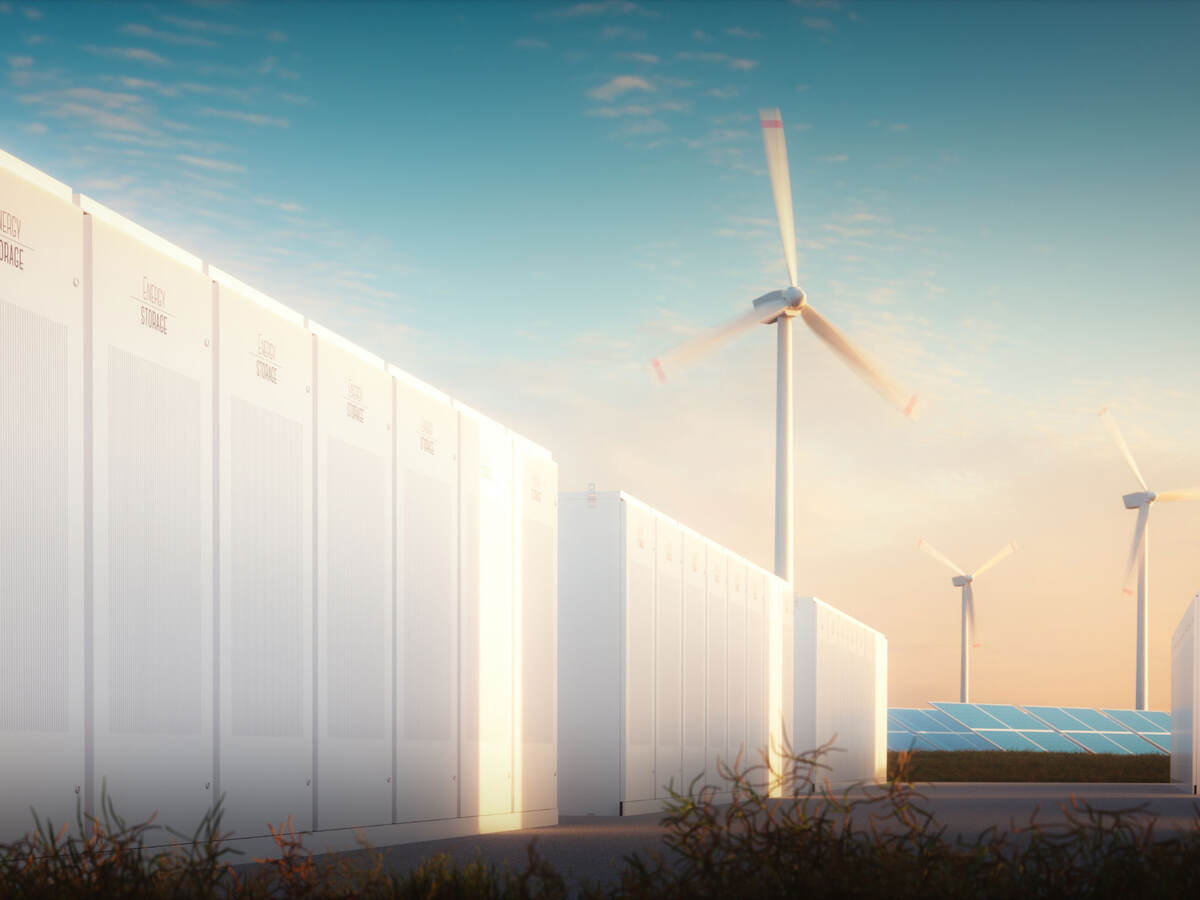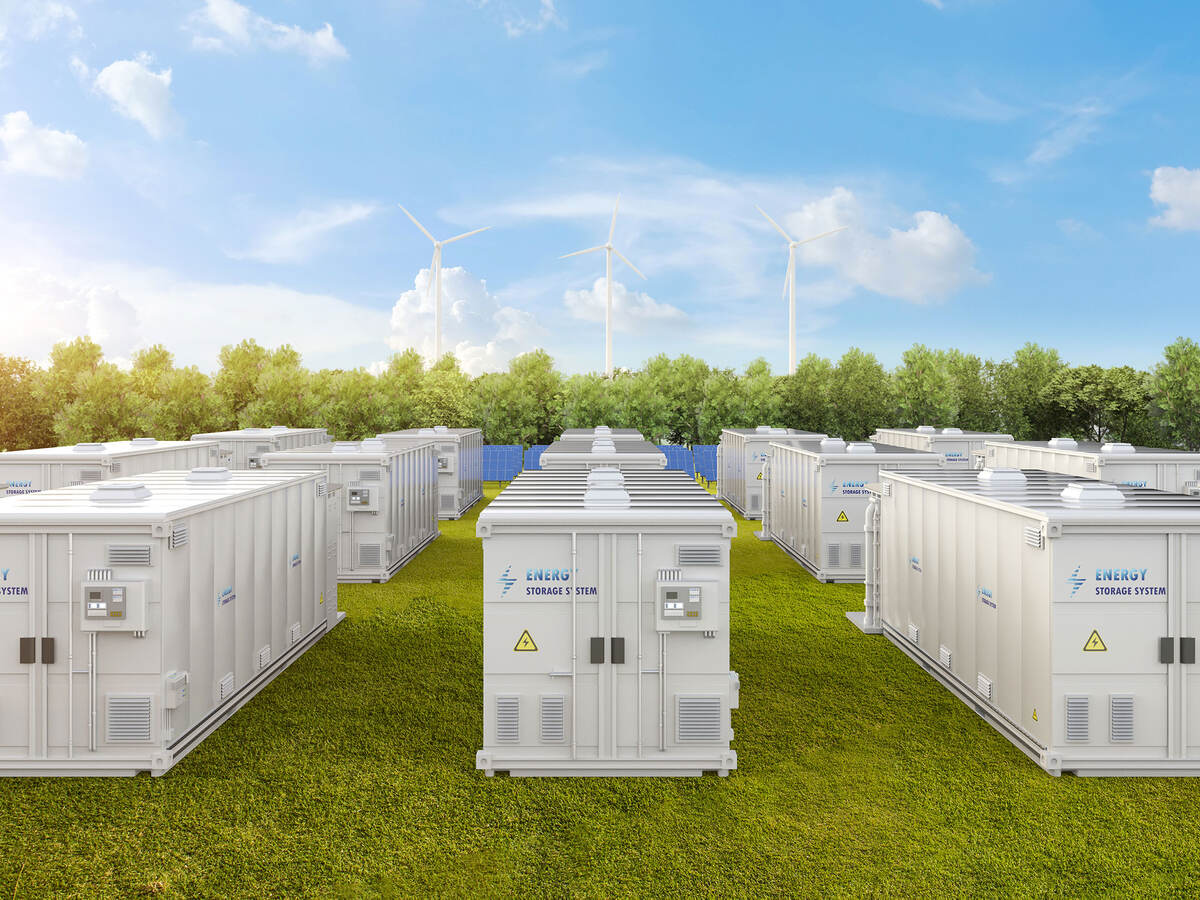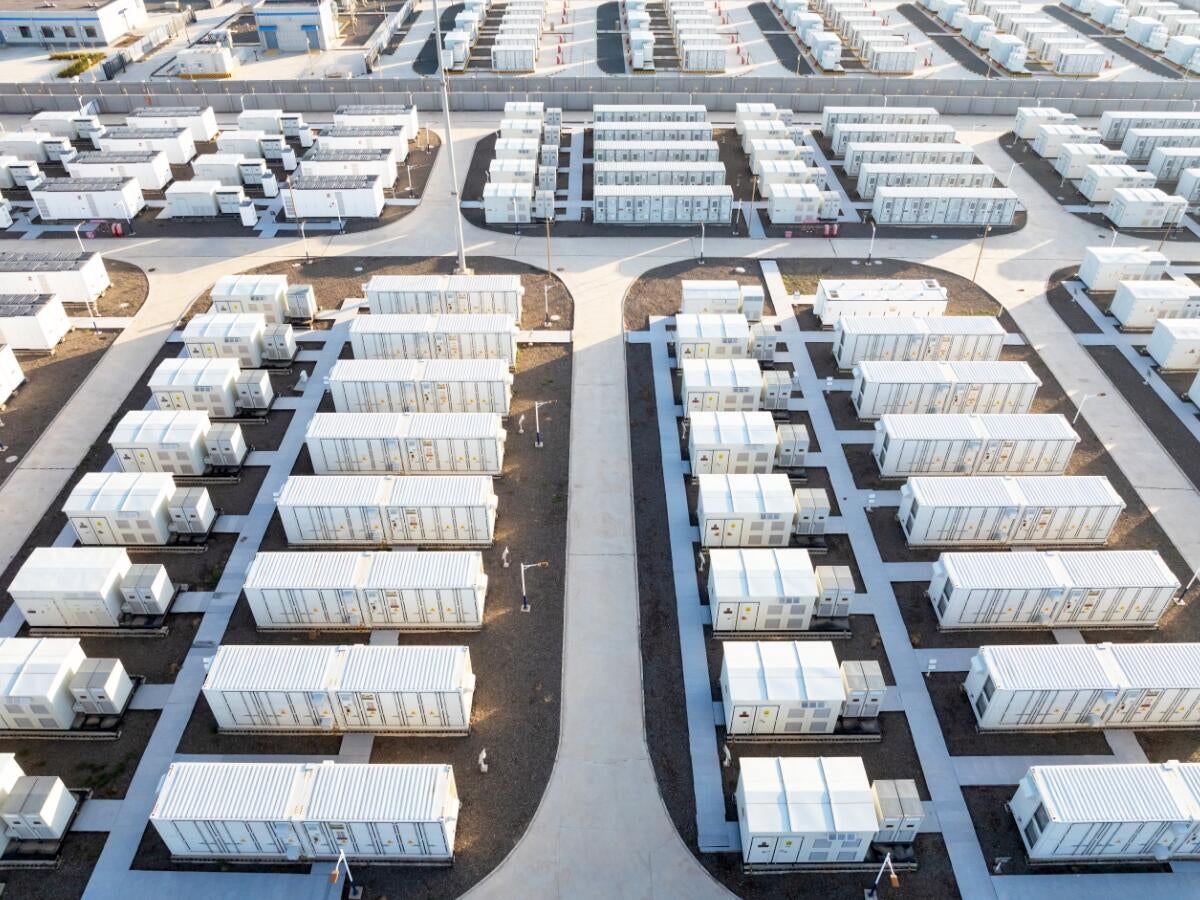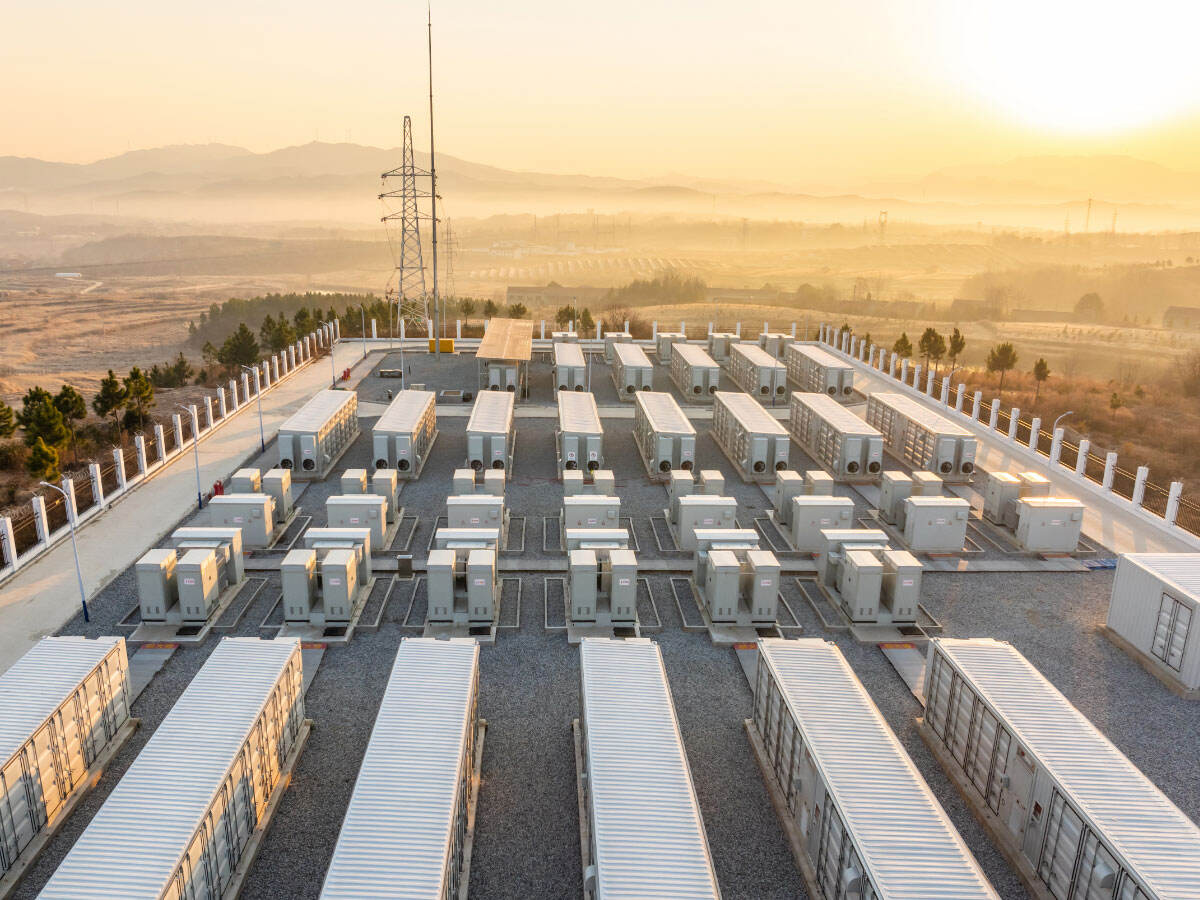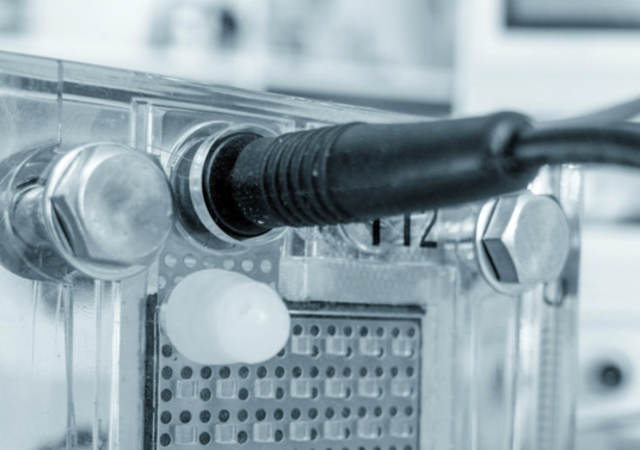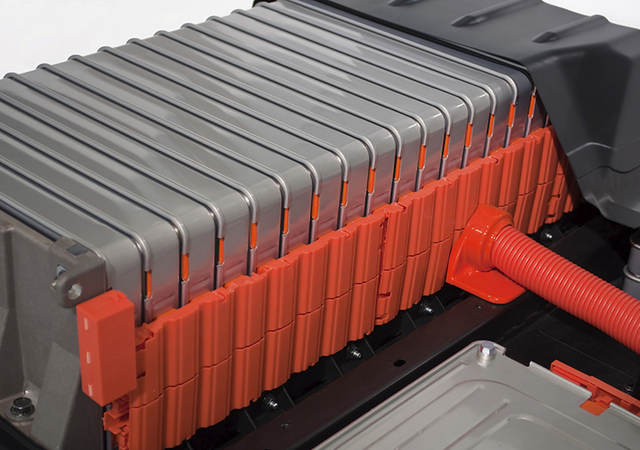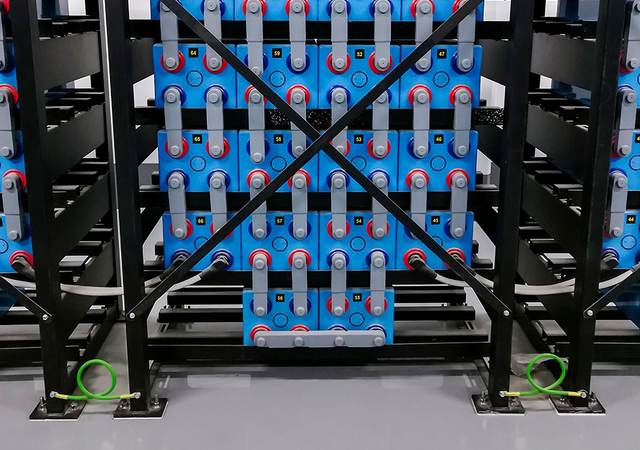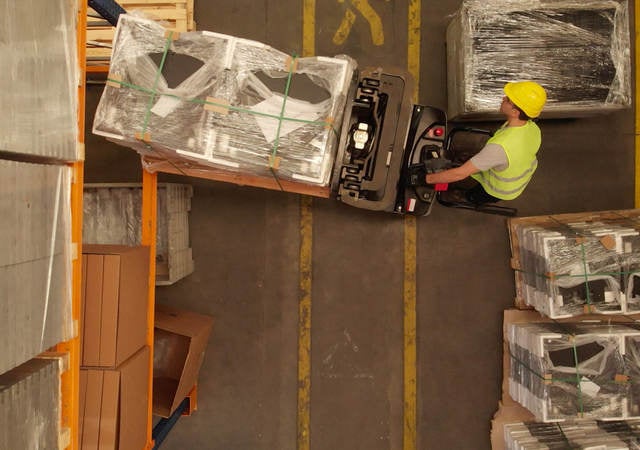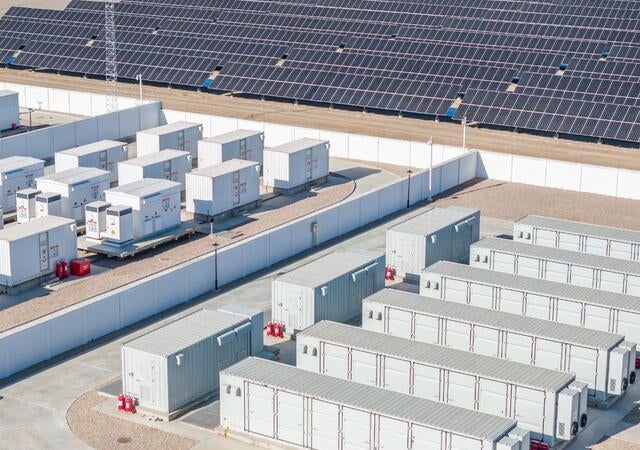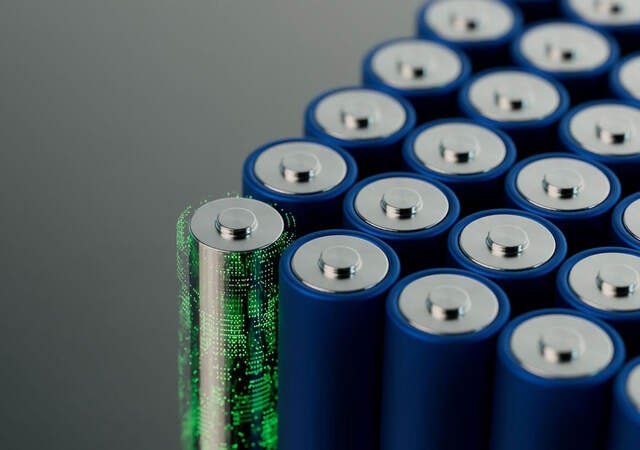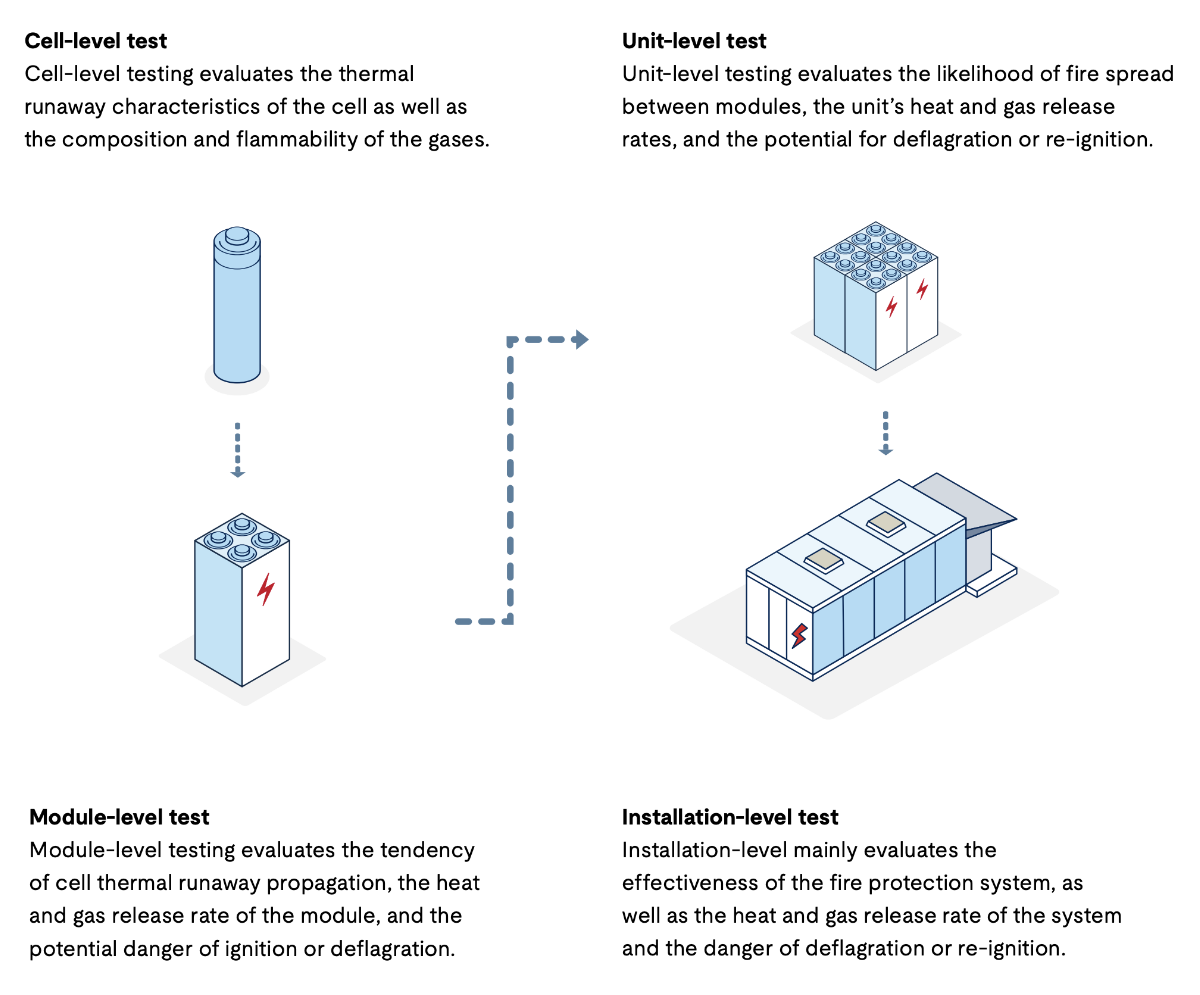
UL 9540A, the Standard for Test Method for Evaluating Thermal Runaway Fire Propagation in Battery Energy Storage Systems, is the American and Canadian national standard for assessing fire propagation related to thermal runaway events in battery energy storage systems (ESS). Testing to these national standard requirements is an essential element of due diligence. UL 9540A provides a methodology for testing a system’s safety-related behavior when the design or installation conditions of an ESS exceed the limits set by the National Fire Protection Association (NFPA) 855, NFPA 1, the International Fire Code (IFC), or the International Residential Code (IRC).
UL 9540A is the only consensus standard explicitly cited in NFPA 855 for large-scale fire testing and the only national standard in the U.S. and Canada for fire safety testing methods for battery ESS.
UL 9540A testing levels

The UL9540A test method is recognized in multiple industry standards and codes, including:
- UL 9540, the Standard for Energy Storage Systems and Equipment.
- American and Canadian National Safety Standards for Energy Storage.
- International Code Council (ICC) IFC.
- NFPA 855, the Standard for the Installation of Stationary Energy Storage Systems.
- Various local, state and international building and fire codes.
Choose UL Solutions for UL 9540A testing
UL Solutions conducts the UL 9540A test method at laboratories in the United States, China, Korea, Taiwan, Germany and other countries. For cell to large-scale fire testing, our battery safety experts will work with you to develop a test plan tailored to your specific needs. As a leader in battery safety technology, we offer:
- Full fire testing facilities, eliminating the need for subcontracting.
- Expert engineering and research teams with in-depth knowledge of battery chemistries and fire suppression.
- A proven track record serving fire departments, electrical inspectors and building officials.
- Proactive planning for project requirements and transparency in our proposals.
LaTanya Schwalb
LaTanya Schwalb is an expert in product safety certification and UL Standards for stationary batteries, energy storage systems, fuel cells and hydrogen generators.
Introduction to Revisions of UL 9540A:2025
Explore the latest UL 9540A:2025 updates on thermal runaway testing for battery energy storage systems (BESS) with expert insights from UL Solutions.
Installation Codes and Requirements for Energy Storage Systems (ESS) - FAQs
Answering marketplace questions about evolving ESS safety standards and recent updates to UL 9540A.
Large-Scale Fire Testing and UL 9540A
Accelerate your UL 9540A large-scale fire testing for battery energy storage systems with UL Solutions.
Evolving Large-Scale Fire Test Methods and Regulatory Demands
With confusion in the marketplace regarding safety codes and standards related to ESS, this whitepaper clarifies NFPA 855 requirements for ESS installations.
e-Book: An Inside Look at the Updates to UL 9540A:2025
Explore the key updates in UL 9540A:2025, including enhanced testing methods and definitions to improve safety in battery energy storage systems and address fire hazards.
Let’s work together
Contact us today to discuss your battery ESS and learn how our UL9540A test method can help you streamline your compliance process and enhance safety.
Get in touch
Let us know how we can help.



